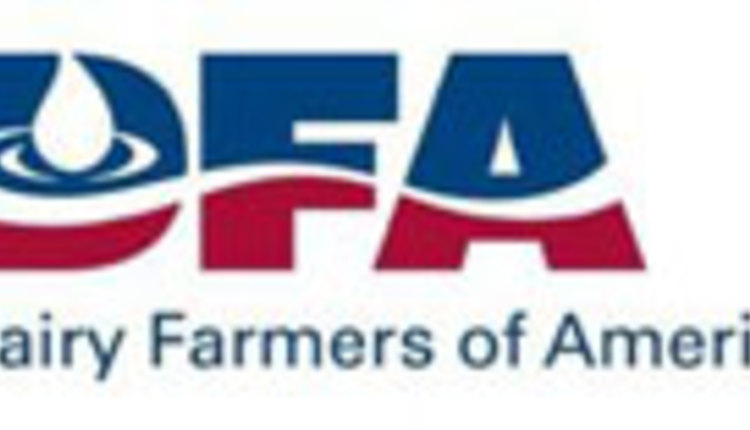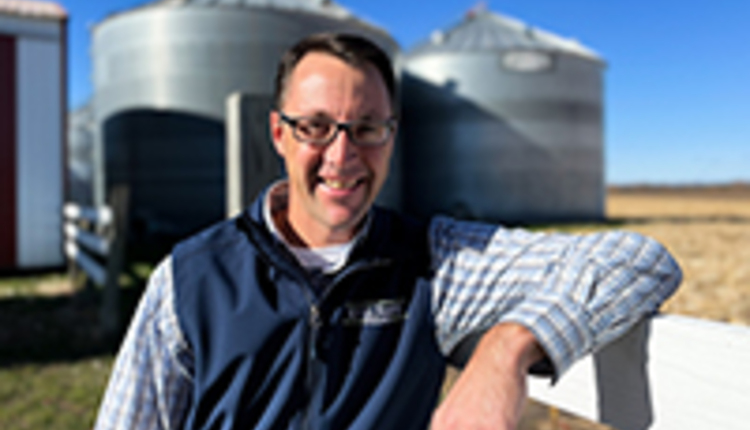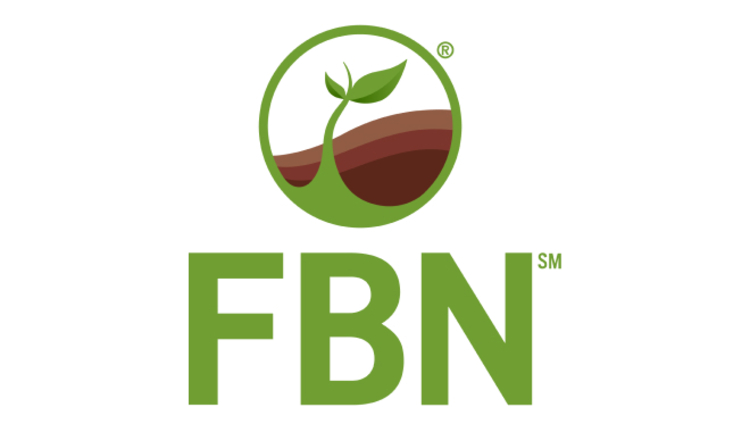The information below has been supplied by dairy marketers and other industry organizations. It has not been edited, verified or endorsed by Hoard’s Dairyman.

Our understanding of forage quality importance has continued to grow over the decades, especially for ruminates. Typically, the largest portion of the ruminant diet is forage, and next to water, the next nutrient needed in the largest quantity is energy.
“A shortage of energy in the diet is much more difficult to replace than a few pounds of protein, for instance,” says Cliff Ocker of Rock River Laboratory. “Forages should be looked at as a means to contribute as much energy to the diet as possible via digestible nutrients, fiber, and starch, specifically.”
Keep it clean
From a management standpoint, the goal should be to put up clean forage quickly and at the right moisture to help preserve as many nutrients as possible.
“A forage that meets these criteria and is packed and covered correctly has nutrients preserved by ensuring a quick drop in pH and faster fermentation that ‘burns up’ fewer nutrients,” explains Ocker.
But what does clean feed mean? Ocker shares that ‘clean’ feed and forage refers to that with minimal ash (soil) incorporated.
“Ash in the forage actually acts as a buffer and doesn’t allow the pH to drop as quickly as we would like,” says Ocker. “An elongated fermentation means that more nutrients will be lost, and a much higher chance of molds and yeast exists, as many soil-borne pathogens are introduced.”
Ocker also suggests reviewing equipment and harvesting practices for possible weaknesses – such as possible ash contamination by either the equipment or method of harvest - which could compromise crop quality. “When combined with high moisture content in forage, elevated ash levels create an ideal breeding ground for Clostridia,” adds Ocker.
Optimize fermentation
Harvesting at the correct moisture for the storage type can’t be overemphasized. The correct moisture will help establish the desired pack and density, which ensures a good fermentation.
Ocker warns, “it can be difficult to overcome a poor fermentation as it typically goes from bad to worse during feedout. If the forage starts getting too dry when harvesting, it may be better to let it completely dry, then harvest to avoid a poor fermentation.”
He suggests protecting the forage investment by striving for the best fermentation possible. A fermentation profile run through a forage laboratory can also help determine the quality of the fermentation.
Understanding that mother nature doesn’t always cooperate; what should be done when suspect feed emerges? “If forage must be made wetter than preferred, consider feeding it out sooner as the wetter forage [greater than 65 percent moisture in hay crop] may have a slower fermentation and burn up more nutrients over time,” suggests Ocker.
If the forage gets rained on prior to harvest, he explains that water-soluble sugars may be washed out - leaving less ‘fuel’ for lactic acid, and thus compromising the fermentation process. “Keep in mind that a successful fermentation can help combat pathogenic mold and bacteria coming in from the field, so we must strive for a strong fermentation through management to produce high-quality forage.
Review feed hygiene
Cows can handle a lot of what is thrown their way, but when stressed (calving, high production, heat stress, overcrowding), the accumulation of several hygienic forage issues can throw cows off feed.
“Get to know what you are dealing with when cows are telling you that something is ‘off’,” explains Ocker. “Work with a laboratory to review dirty feed issues like mold and yeasts, Clostridia, mycotoxins, and enterobacteria to see if multiple challenges may be facing the herd.”
High-quality, clean forages are an important part of higher-performing and healthier animals, along with the ability to improve the bottom line. Nutrients lost through fermentation must then be replaced in the diet - basically doubling your cost for that nutrient. Homegrown feeds are a significant investment and worth taking time to review protocols, equipment, and practices to protect the investment and put up the best clean, highly digestible forages possible.
Founded in 1976, Rock River Laboratory is a family-owned laboratory network that provides production assistance to the agricultural industry through the use of advanced diagnostic systems, progressive techniques, and research-supported analyses. Employing a team of top specialists in their respective fields, Rock River Laboratory provides accurate, cost-effective, and timely analytical results to customers worldwide, while featuring unsurpassed customer service.








